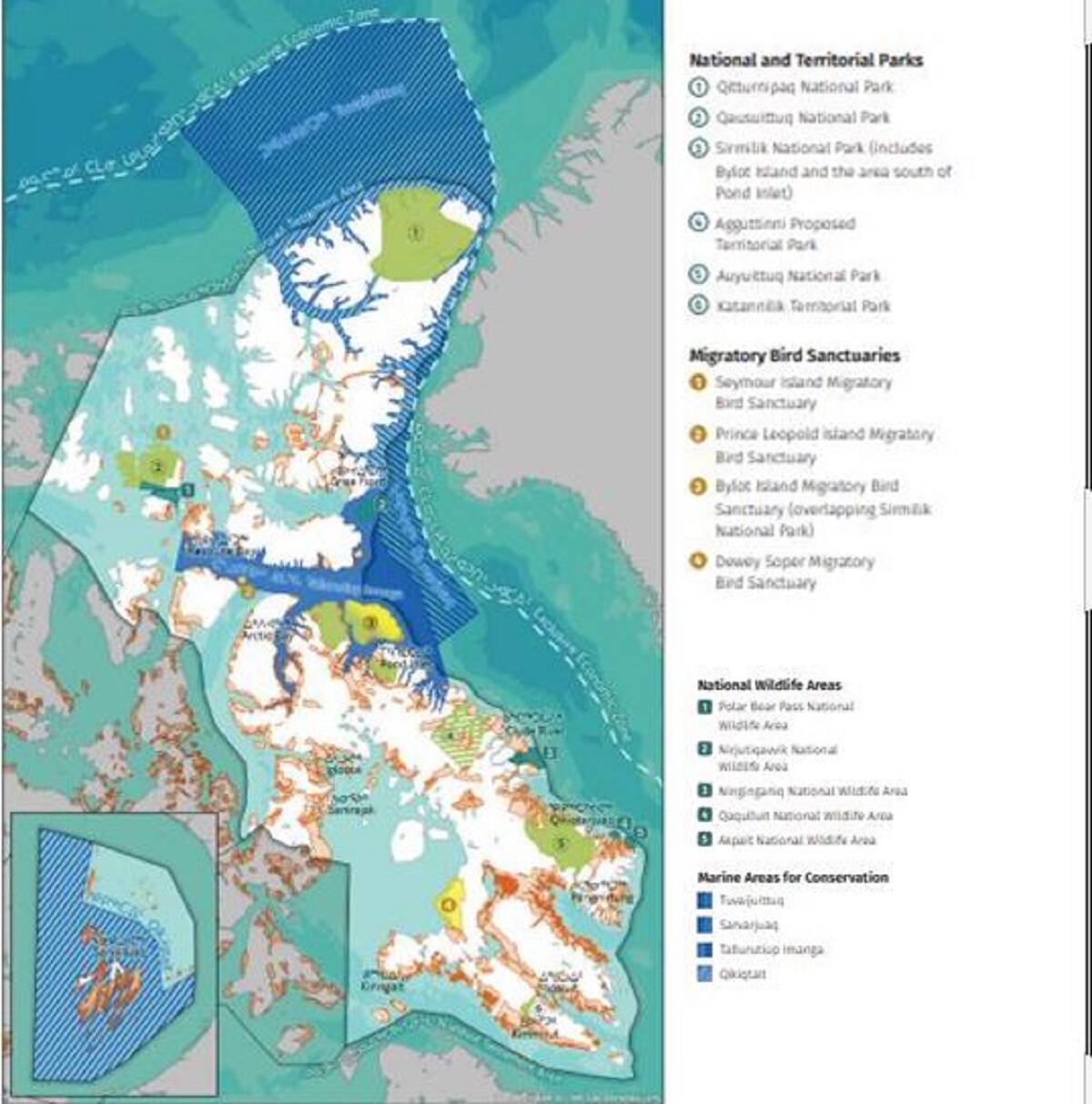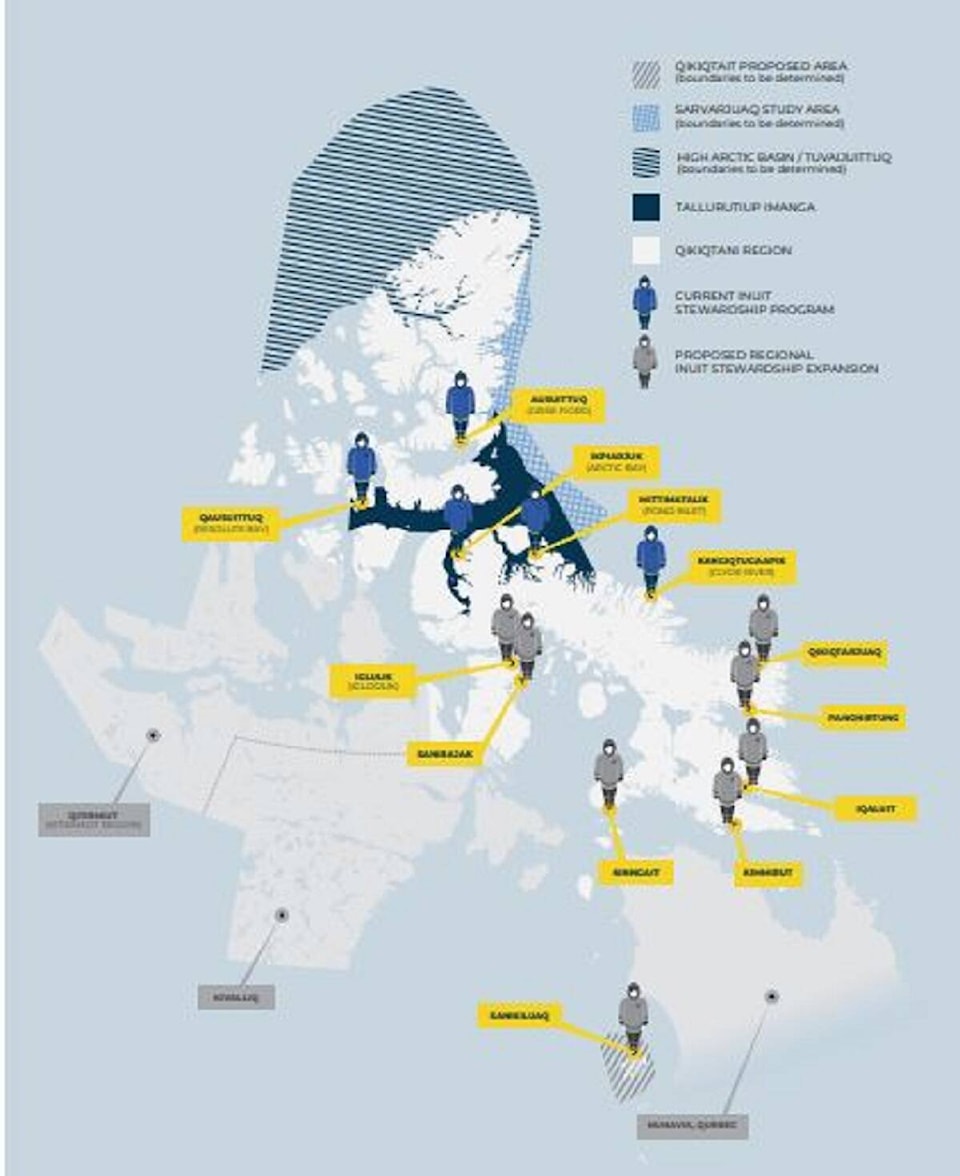Prime Minister Justin Trudeau last week announced $800 million in funding over seven years for large Indigenous-led conservation projects covering almost a million square kilometers of land.
Four major protected areas have been announced throughout Canada, which includes one in the Qikiqtani region of Nunavut. The Qikiqtani zone was selected based on its vast terrestrial and marine biodiversity. Animals present in the region include birds, fishes, seals, whales, walruses, polar bears, and an abundance of plankton and copepods, crustaceans which provide food for fish.
The projects, meant to conserve land and protect coastal and inland waterways, will be funded starting next year.
“Collectively, all current and proposed protected areas in the Qikiqtani represent approximately 23.15 per cent of terrestrial and 30.75 per cent of all marine protected areas in Canada,” states a report on the Qikiqtani Inuit Association’s website.
Trudeau hopes this new initiative will help Canada reach its target of conserving 25 per cent of the country’s land and waters by 2025, and then 30 per cent by 2030.
The new zones will be considered as protected, though the prime minister says mining projects and other development opportunities can still take place “on a certain level.”
“There is a market for it, because we do not want to depend on authoritarian countries for our resources,” he said.
Trudeau explained that he wants the conservation projects to be led by Indigenous communities.
“It is the Indigenous communities who will be part of the discussion to chose which zones should we protect and which zones has room for development, and to what conditions,” he said.
The announcement came after attending the COP15 (Conference of the Parties), a convention on biological diversity in Montreal.

